Description
Relevé pour un panneau de vitrail héraldique by Prosper Lafaye printed on a T-Shirt
About the T-Shirt
Regular fit
Standard length, the fabric easily gives into movement
Casual wear
A classic, everyday option loved by our customers
Side-seamed
Constructed by sewing two parts together, creating a fitted look
The Unisex Staple T-Shirt feels soft and light with just the right amount of stretch. It’s comfortable and flattering for all. We can’t compliment this shirt enough–it’s one of our crowd favorites, and it’s sure to be your next favorite too!
- Solid colors are 100% Airlume combed and ring-spun cotton
- Ash color is 99% combed and ring-spun cotton, 1% polyester
- Heather colors are 52% combed and ring-spun cotton, 48% polyester
- Athletic and Black Heather are 90% combed and ring-spun cotton, 10% polyester
- Heather Prism colors are 99% combed and ring-spun cotton, 1% polyester
- Fabric weight: 4.2 oz./yd.² (142 g/m²)
- Pre-shrunk fabric
- 30 singles
- Side-seamed construction
- Tear-away label
- Shoulder-to-shoulder taping
- Blank product sourced from Nicaragua, Mexico, Honduras, or the US
Prosper Lafaye (1806-1883)
Prosper Lafaye, originally Lafait was a French painter at the court of King Louis-Philippe I. He also worked as a designer and was a master stained glass artist.
His father, Victor, was a mason. At the age of fourteen, he left his family to live with an uncle in Paris. His initial artistic training came in the workshops of artists who have now been forgotten but, in 1827, he was able to work with Auguste Couder. His first exhibition came four years later, when he presented an equestrian portrait of Napoleon. After that, he worked as assistant to Jean Alaux, restoring various monumental paintings. This led to his participation in restorative work being done at the Château de Versailles.
From 1834 to 1837, he created several battle paintings for the Musée de l’Histoire de France [fr] at Versailles. Then, from 1838 to 1842, he received orders directly from the Royal Family. He also had numerous customers among the French bourgeoisie.
During a trip to Burgundy in 1845, he developed an interest in the creation and restoration of stained glass windows. He trained himself by participating in projects at Notre-Dame-des-Blancs-Manteaux and Saint-Eustache, then undertook restorative work on his own at several churches, including Saint-Étienne-du-Mont, Saint-Nicolas-du-Chardonnet, Saint-Médard [fr] and Saint-Merri.
In 1851, he had a showing at the Great Exhibition in London. That same year, he hired two assistants, Annette and Sophie Coppée, sisters of the poet François Coppée. The following year he married Sophie. In addition to giving him three girls and a boy, she became an indispensable part of the window production process and may have created some entirely on her own. Eventually, between 1864 and 1866, they would work on windows at the Louvre. This was followed by windows at the parish church in his hometown.
He continued to paint, exhibiting at the Exposition Universelle (1855), the Exposition Universelle (1867) and the Exposition Universelle (1878).
After his death, his studio was closed. His son, Savinien, had died in 1854 and his daughters had not learned the trade from their mother. He and Sophie are buried together in Mont-Saint-Sulpice.

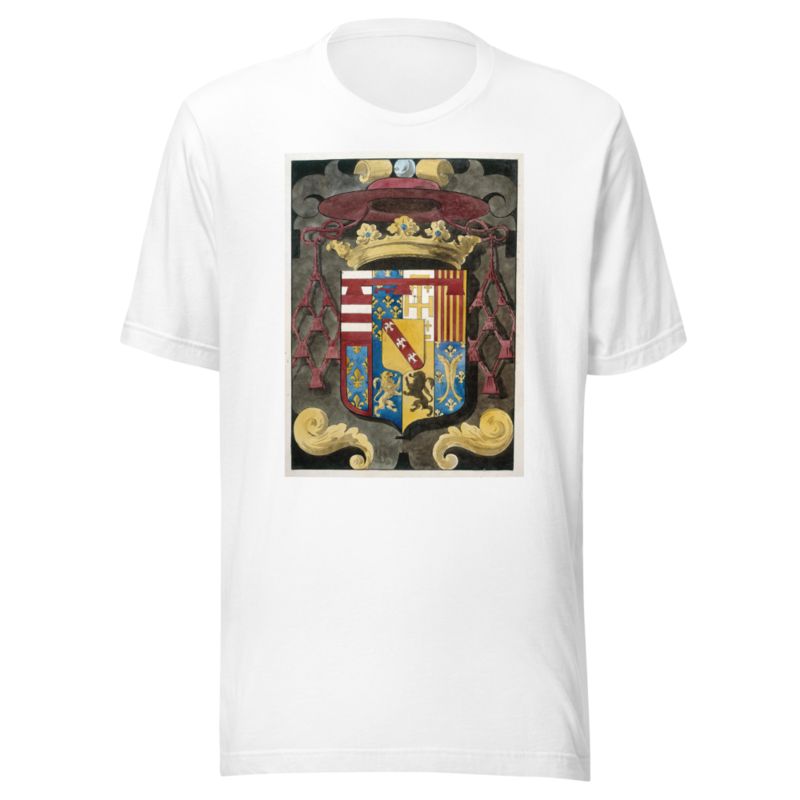
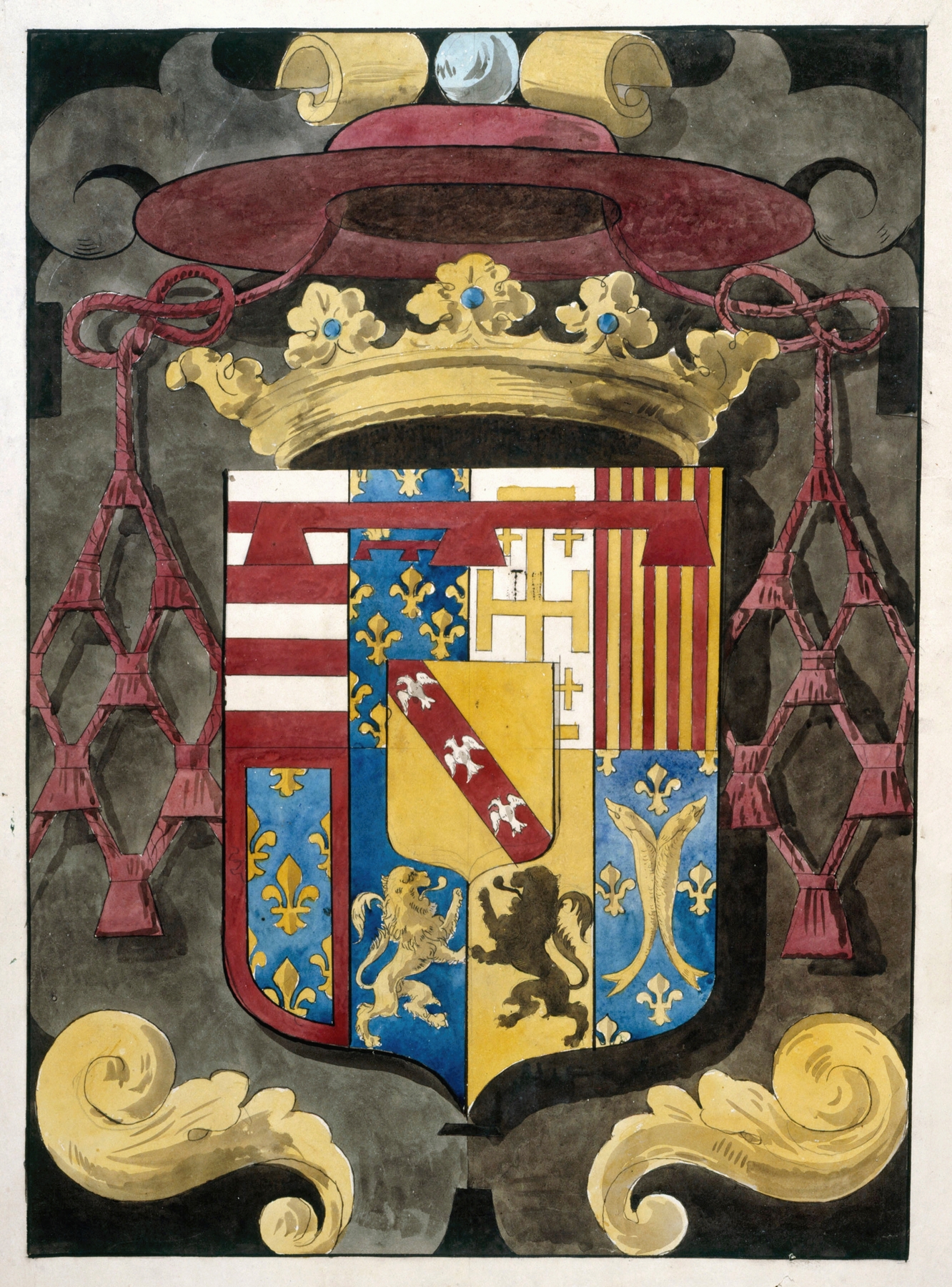
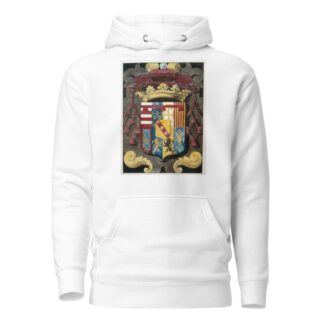
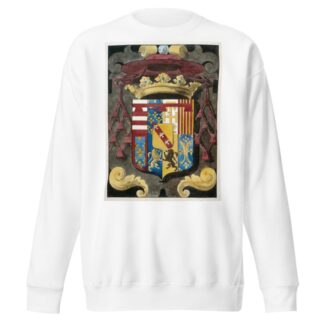
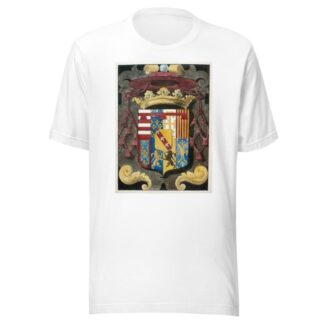
Reviews
There are no reviews yet.